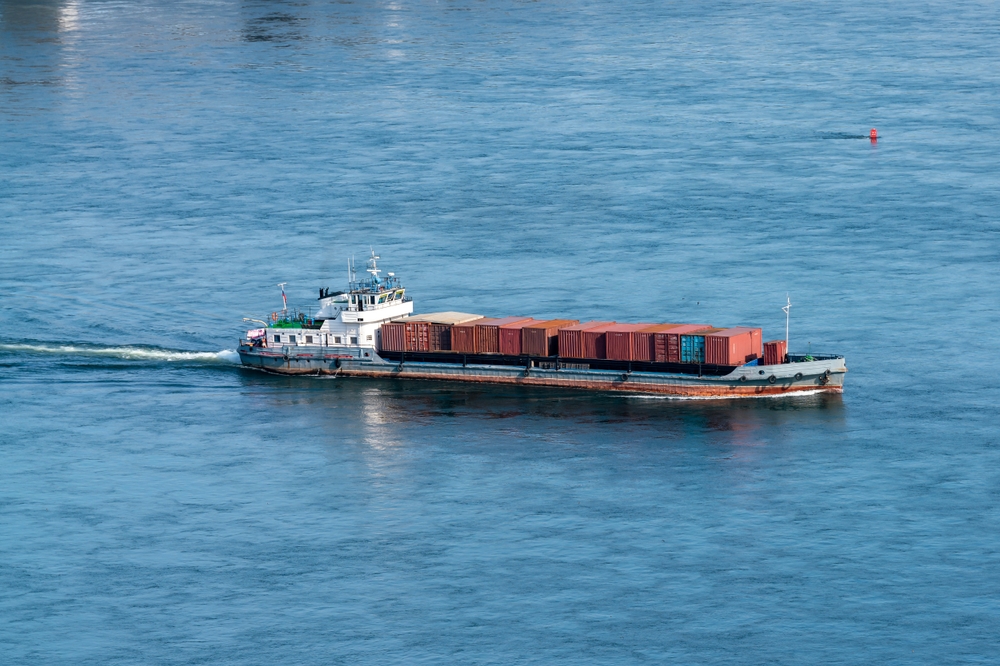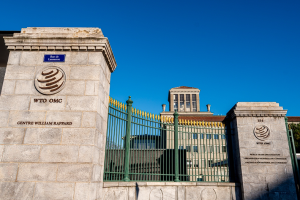The Eagle S, built in 2006, has a troubled history.
Others are reading now
Underwater cables are the hidden veins of global communication and power.
Stretching thousands of miles across ocean floors, they carry most of the world’s internet traffic and critical electricity connections between nations.
Despite their importance, these cables are often overlooked until incidents disrupt their operations.
Damage to these cables, whether accidental or deliberate, can have far-reaching consequences, affecting economies, security, and daily life.
Also read
A Dark Past
The oil tanker Eagle S is under scrutiny in Finland after allegedly damaging critical underwater cables in the Gulf of Finland on December 25, 2023.
Finnish authorities suspect the ship’s anchor severed an electrical cable and damaged four telecommunications lines, causing significant disruption, according to iltaleht.
The incident is being investigated as aggravated interference with telecommunications and vandalism.
The Eagle S, built in 2006, has a troubled history.
Originally named FR8 Pride, the ship has undergone multiple name changes and been involved in several accidents.
In 2012, it collided with an offshore drilling unit off Texas, causing millions of dollars in damage.
In 2014, operating as LR Mimosas, the ship spilled tens of thousands of liters of oil off Chile’s coast, resulting in severe environmental harm and legal action.
Experienced maritime expert Markku Mylly has raised alarms over the ship’s poor state.
A 2023 inspection found 24 deficiencies, four serious enough to ground the ship in Ghana.
Mylly described the Eagle S as “very risky to operate,” emphasizing that it should either undergo extensive repairs or be decommissioned entirely.
The tanker’s age, at 18 years, exceeds the preferred lifespan of 15 years for most oil tankers. Mylly suggests the ship is no longer safe for open-sea operations.








